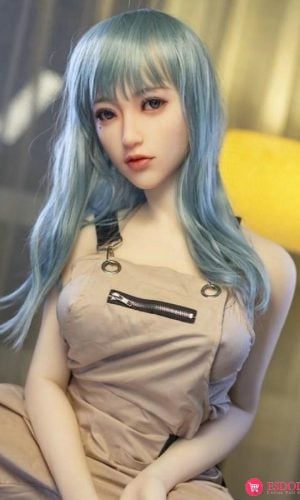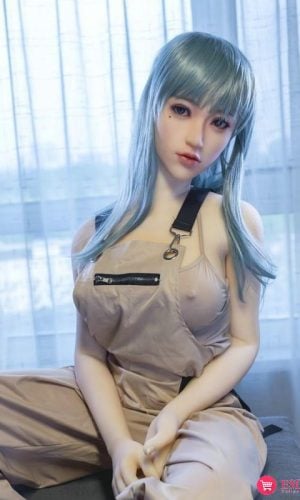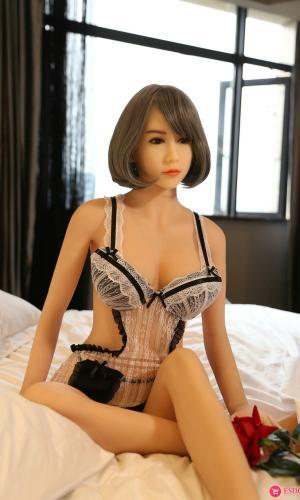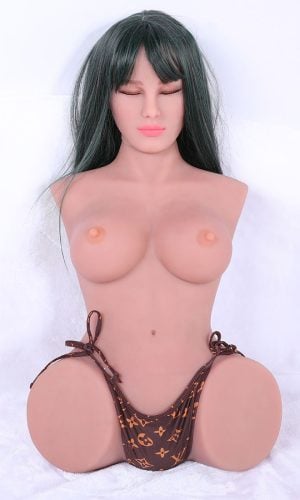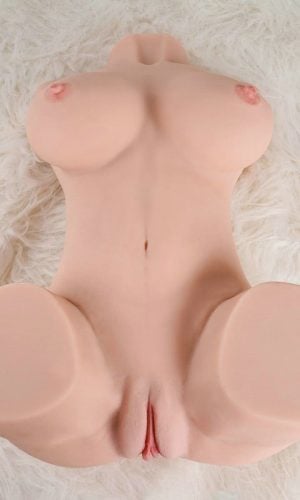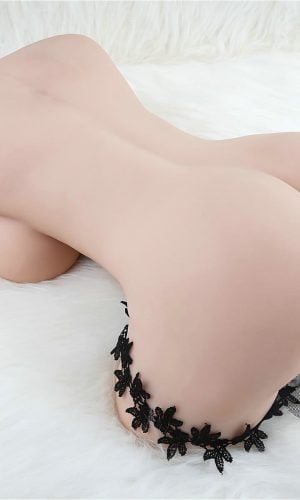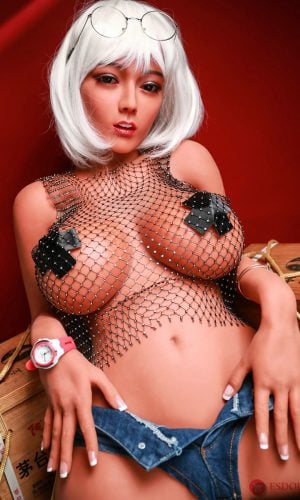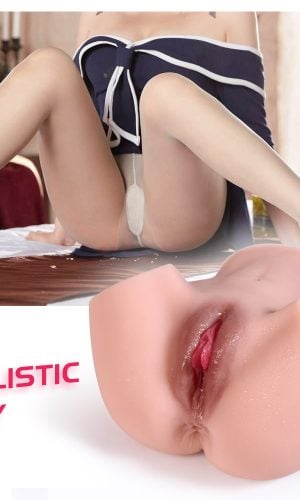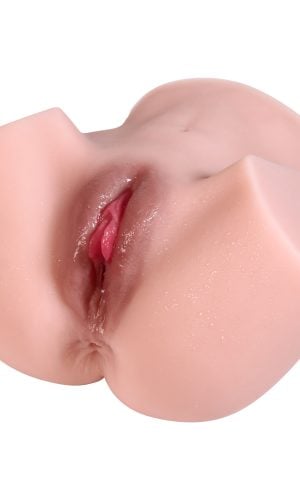The documentary “Silicone Love Doll Area” looks at the emotional flow between people and the city through the perspective of silicone love dolls, and explores the changes between contemporary bodies, eroticism and space step by step.

The editor of ESDOLL.com invited Su Mingyan, the director of “Silicone Love Doll Area”, to share the motivation of the film with Silicone Love Doll Hotel as the theme, and also talked about the creative ideas of shooting, editing, and narration, how to not cut into the topic, but Looking back at the “consciousness” itself, collage the broken memories bit by bit. Director Su Mingyan’s personal profile seldom says, “I majored in journalism in college, and I lost trust in the world constructed by the news. Instead, I thought that dreamlike movies were closer to reality.” “Listen, Darling” and “Silicone Love Doll Area” both try to approach some kind of reality in an unusually realistic style.
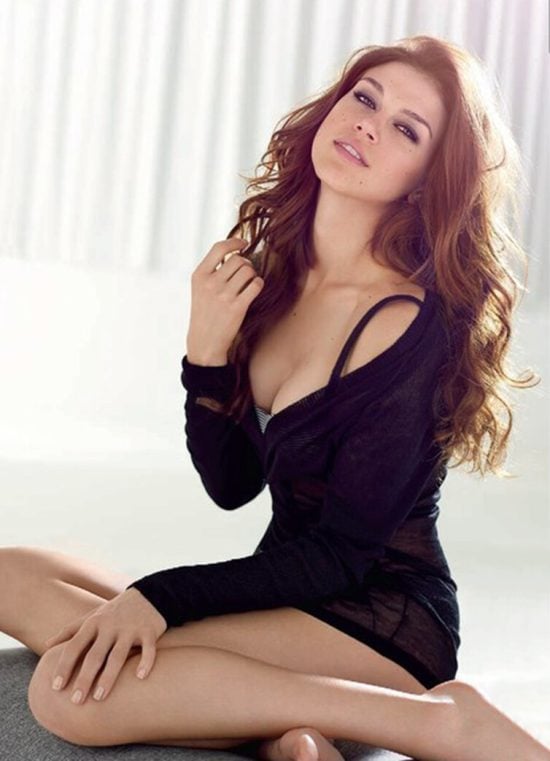
The “Silicone Love Doll Area” is the brain tissue that controls human language, and when damaged, it can lead to expressive aphasia. The documentary “Silicone Love Doll Area” looks at the emotional flow between people and the city through the eyes of the aphasic silicone love doll, and explores the changes between the contemporary body, eroticism, and space step by step.
Q: What was the motivation for the creation of this film? Why was the film titled “Silicone Love Doll Area”?
For me, it’s not about which characters to shoot, I don’t want to focus on “silicone love dolls”, I’m more curious about “consciousness” itself. I often wonder why I have some ideas. Quite often, when the images I shoot return to the core and the theme, I realize that I seem to be doing something called “consciousness”.
In fact, I struggled for some time in the beginning, because many people filmed silicone love dolls. There is “Love of Inflatable Dolls” in the United States, “Air Figures” in Japan, and “Love Figures” starred by Yu Aoi in 2020. The issues are bound to overlap. But I don’t like to cut things with issues, so I want to try to start from another angle, using silicone love dolls as the background.
As for the title and main axis, it comes from an activity record I made a long time ago. It is about a picture book artist who was sexually assaulted by his family when he was a child. He is now in his 40s. Recalling the past is still crying. . A projection film was put on the scene, with two cross-sectional views of the head, one is dissociation, and the other is Silicone Love Doll Area. It just so happened that I once made a short story called “Dissociation”, so I always remember this event.
Just like writing, you will have a theme first. After you set a title, you will drive yourself to respond to that title. Once you set the scene, you will anticipate what the end point of the scene will be. To put it more seriously, it is “creative discipline”. You must always check whether you have returned to the core theme. If the topic is not set, it is easy to stumble and not understand exactly what you are talking about.
Q: How did you first approach the silicone love doll hotel company and get permission to shoot? In addition to the operators, hotel guests appear from time to time in the film. Curious how the director captured these images? What are your observations on these guests?
In the beginning, I asked the producer to write a letter, and the company quickly agreed to shoot. I met and talked with them and said that they didn’t want to take pictures of the privacy of the guests. They also expressed that they understood what I wanted to do, so they let me go and take pictures casually. I’ve been shooting there for about four or five months, and they’ve gotten used to it.
The picture of the guest was taken on the first day. I couldn’t understand the situation on that day. I didn’t know how the hotel operated. I followed whoever the staff asked me to follow. I followed the gentleman when he came, but I didn’t know It was a guest. After filming, he asked if he would help with mosaics, and I learned that the hotel had told the guest that they would film. I haven’t photographed guests since then. Every time a guest comes, the staff will tell you a lot of things to know beforehand, and I just caught those two times.
The way I shoot this time is often to put the camera over there, press roll, and then run away. The camera is often out of focus. In the film, the back view of the guests in the corridor is captured in this way. In fact, many of the guests are similar to the people you see on the subway. There is no particular ethnic group, and many of them come with two people, men and women, women, men and women, couples, and all kinds of groups, it is very beyond imagination.
I think every film has the right camera language, location, and placement. In the early stage, I couldn’t find a better way to position the lens. One day I placed it very low, and suddenly I felt that it was right. I could see a lot of things clearly in that position. Originally, I didn’t want to add it, but later I found that it seems to be pretty good. I feel that I can always try out new things, in fact, I don’t need to do all the things I thought about before.
Q: I am particularly curious about Zixun, the character who is in charge of repairing silicone love dolls and never speaks from beginning to end. Did the director deliberately choose to shoot his silent scenes? What is the concept that you want to express in this way?
Zixun learned how to repair dolls by himself. He was interested in buying them and playing them. The agent found out why this man was so good and how good at repairing, so they cooperated with him and let him repair and study these dolls. In fact, he has multiple jobs. The main business of the family is to make door frames, and he also likes to write programs and take pictures. He goes to repair dolls from about eight or nine in the evening until eleven o’clock and then resumes when he comes back during the holidays.
He matures earlier than the average person and has a strong protective color. Although he agreed to shoot, it is actually difficult to make an appointment. He is also very protective of the chemical formulas and processing methods he has developed. He will not tell you how he developed it. I later thought that this perspective was just right, so don’t talk at all, which is in line with the mysterious characteristics of the whole film, and also in line with the distance between me and him.
Originally, if the Silicone Love Doll Area was broken, I would not be able to speak. I originally wanted to make a version where no one speaks, but then I found that there was no way, because the young people who run the hotel were too noisy and talked every minute. I cut a version, but the lens was very broken, and then I changed it several times before I changed it to what it is now.
Q: What was the source and inspiration for the narration in the film?
Narration inspiration mainly comes from people’s memories, such as me, my friends, my sister’s dreams, books I read, movies, and so on. These sentences are consciously rearranged, and most of the sentences before and after belong to different stories. Perhaps it can also be said that these things are a kind of “sense of sight”, which everyone has experienced, and can also reflect much daily life and consciousness.
In fact, what I’d rather play with is the “narrative”. For example, in “Millennium Mambo” directed by Hou Hsiao-Hsien, the narration mentioned that “She broke up with Haohao, but he just had a way to find her, call her, beg her to come back, repeatedly, like a spell, like hypnosis. …” Who are the narrators of these narrations? I think this is a very interesting thing, so I also want to try this technique in this work. However, in the film, I still focus on a character and use his perspective to narrate, but I don’t want to be too explicit in the presentation, hoping to let the audience imagine and interpret it freely.
Q: In the middle and later parts of the film, a large number of scenes are presented in a fast editing manner. Where did those materials come from? Is there any special significance to this arrangement?
One of the subtopics of this work is “memory”. When people recall the past, many memories are actually fragments.
My memory is not very good, and I often wonder if certain memories are fictional or real. The reason why I chose the material of the scenery of Shuri Castle in Japan is that I have traveled there and left good memories. As a result, I saw the news of the burning of Shuri Castle on TV not long after I came back, so I began to think about it in my mind. whether these memories still exist. I transformed this feeling and turned these materials into a rhythm when editing, which matched the narrative.
In the work, I transformed the silicone love doll into the image of a lover. One of the lines of dialogue is “I keep my best memories there”, and it also mentions “My memories and secrets can last forever in that palace”, which echoes my memories of Shuri Castle.
Q: Can you talk about the idea of editing? What was the hardest part of the creative process?
The structure of my editing is actually very strict, including “Fu Liu”, but no one believes it. I am super rigorous, and I have all the settings. I am very rigorous in throwing clues and giving answers. You have to find the question mark before you can find the answer you want. You will feel dazzled and bored.
I find it difficult to adjust my state. Usually, in order to make a living, I still have to accept advertisements. The speed of advertisements and community videos is fast. When I return to my own creation, I have to make great adjustments in my state. I think that is a big challenge.
It’s a bit like adjusting the feeling of speaking. When I go back to editing, I have to decide the time for each shot to be seen by the audience. I also edited a 120-minute version, and there are also very short versions. I kept adjusting and correcting it, and it became what it is now. But I think some of the shots in this version might be a little longer. I think this is quite difficult. Editing is a practice that requires constant practice.
Q: Are you influenced by which directors?
In fact, I don’t watch many documentaries. I mainly appreciate the way the directors look at things. By watching the film, I can see how he understands the world. In terms of influence, maybe Naomi Kawase and Kidlat Tahimik! Recently, I also feel that the way I think about things is very similar to that of Director Shen Kesha.
In addition, I also like Denis Villeneuve (Denis Villeneuve), although he is mostly doing commercial films (such as “Blade Runner”, “Dune”), he uses a layered structure to tell stories, which is also lost. Questions, answers, and there must be a big core, a motif, and a sub-problem, I think he did a good job.
Q: This is a case of Public Television’s “recording views”. I wonder if the other party has any suggestions for the work?
Actually almost none at all. The commissioned editor, Mr. Wang Paizhang, will put forward some opinions, but he will not tell you to learn anything. It doesn’t matter if you don’t change it. I think every reminder helps me a lot. The most useful suggestion this time is that he said he wanted to see “human thinking”.

The last version I didn’t cut well was that the “people” were missing. The original cut was very short and had no sound. It seemed that the form was handsome, but the content was empty after the handsome. Sometimes the form came first, and we were blinded. He used a lot of classic films to describe what “human thinking” is. I later went back and opened the film to see what the subjects were doing and what they said. After a long time, everyone’s thinking will become very clear, and they can really see what the subject is doing.

